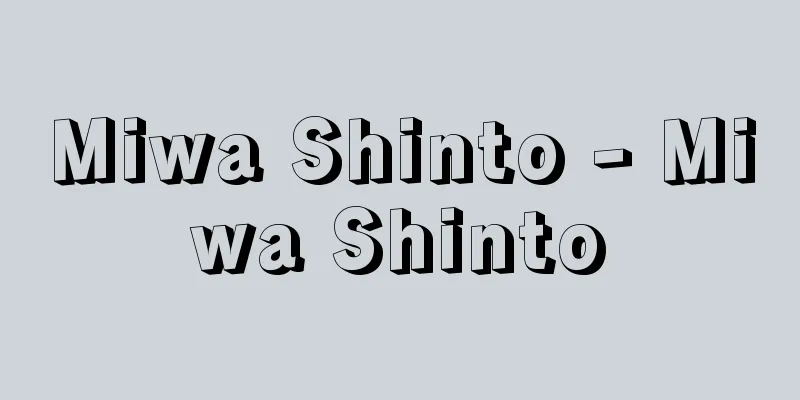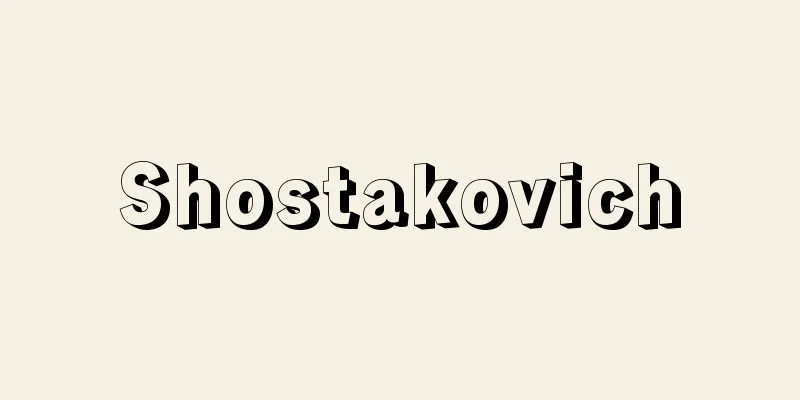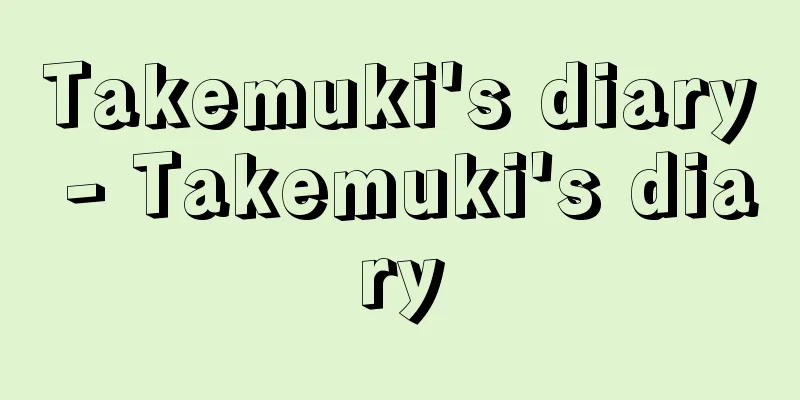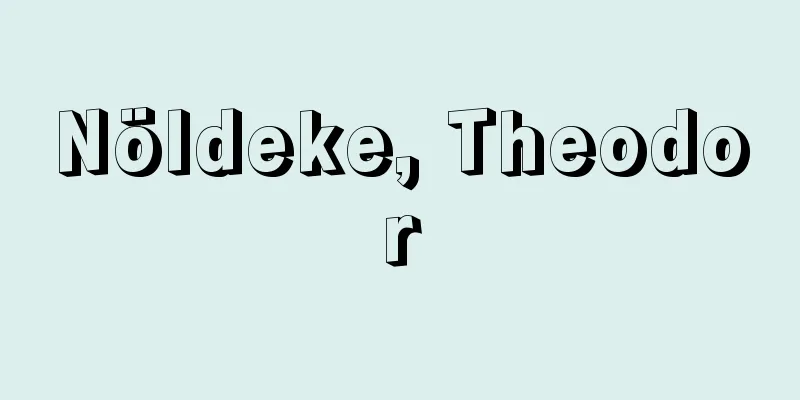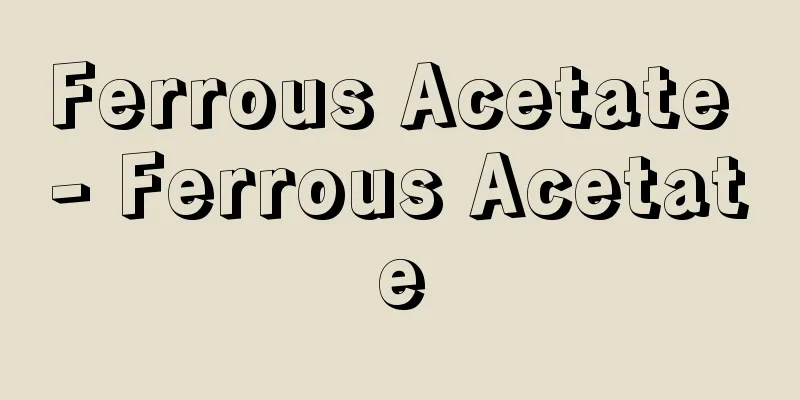Flexed burial - Kusso

|
A burial method in which the body is buried with its limbs bent. There are considerable variations in posture, including lying on one's back, face down, or on one's side, as well as crouching burials (sonso) and sitting burials (zasou) in which the body is cross-legged. It can be said that archaeologically, flexed burials have been confirmed only in cases where the body was buried in the ground. However, ethnographic studies show that there are also examples where the body was placed in a flexed position on top of a tree or a platform, and, more often in the case of infants, where the body was hung from the eaves or a tree. There are various reasons for flexed burials, such as the need to bend the body tightly to bind or pack it so that the terrifying spirits of the dead are contained and no harm is done to the living, the belief that placing the body in a fetal position allows the body to return to the mother's womb and be reborn, the belief that the body will find eternal rest by being buried lying on its side with its knees bent like the African hunter-gatherers, the San (formerly known as the Bushmen), and the belief that it reduces the labor required to dig a grave. Flexed burials are still widely seen around the world today. In Europe, they appeared from the Late Paleolithic period, but the oldest example in Japan is a flexed human bone from the Late Pre-Pottery period (about 17,000 years ago) discovered at the Iwato site in Oita Prefecture. [Kazuyoshi Otsuka] [Reference] |Source: Shogakukan Encyclopedia Nipponica About Encyclopedia Nipponica Information | Legend |
|
遺体の手足を折り曲げて葬る葬法のこと。姿勢でみるとかなりの変化があり、あおむき、うつぶせ、横向きなどのほか、うずくまった形の蹲葬(そんそう)や、あぐらをかいて坐(すわ)った姿の坐葬(ざそう)も、屈葬に含められる。考古学的に屈葬を確認できるのは、遺体を土中に埋めた埋葬の事例に限られるといってよい。しかし、民族誌でみると、木の上や台の上に屈葬位で遺体を安置する例や、幼児の場合に多いが軒や木につり下げる例もある。 屈葬にする理由には、恐ろしい死霊を封じ込めて生者に災いがないように遺体を強く屈曲させて縛ったり梱包(こんぽう)しなければならないとか、胎児の姿勢をとらせることによって母なる胎内への回帰と再生ができるとするものとか、アフリカの採集狩猟民サン(かつてブッシュマンとよばれた)のように横向きに膝(ひざ)を曲げる寝姿で葬ることによって永遠の安息を得るとするものとか、墓穴を掘る労力の軽減であるとか、さまざまなものがある。現在でも屈葬は世界各地に広くみられる葬法である。ヨーロッパでは後期旧石器時代から出現するが、日本で最古の例は、先土器時代後期の屈葬人骨(約1万7000年前)が大分県岩戸(いわと)遺跡から発見されている。 [大塚和義] [参照項目] |出典 小学館 日本大百科全書(ニッポニカ)日本大百科全書(ニッポニカ)について 情報 | 凡例 |
>>: Inflected words - Kussetsugo
Recommend
Sir Henry Bessemer
British inventor. He contributed to the industria...
Yezosukashi lily - Yezosukashi lily
...The Iwato-yuri L. maculatum Thunb. (illustrati...
China rose
… [Roses introduced after the Renaissance, the an...
Yasuzo Nojima
Photographer. Born in Urawa, Saitama Prefecture (...
Pilgrimage to Mt. Oyama
〘Noun〙 = Oyama mairi (visit to Mt. Oyama)《Season: ...
Comb-shaped compaction method
... To improve loose sandy ground, methods such a...
Pharynx - Intestine
It is part of the digestive tract, but also part ...
Alphonse Louis Pierre Pyrame de Candolle
1806‐93 Swiss botanist, son of Augustin. Born in P...
Mr. Asahi - Asahiuji
A medieval samurai family. (1) A clan of the Ono c...
Achondroplasia - Achondroplasia
Also known as achondroplasia and fetal chondrodysp...
Local government officials' conference
A conference held in the early Meiji period, comp...
Chemical formula - kagakushiki (English spelling) chemical formula
A symbol that represents a chemical substance by ...
time division multiplexing
…This is the multiplex communication method that ...
Proclamation - Senmyo
Imperial edicts in the Japanese style. The word m...
Polarity
When an organism or the tissues and cells that co...
